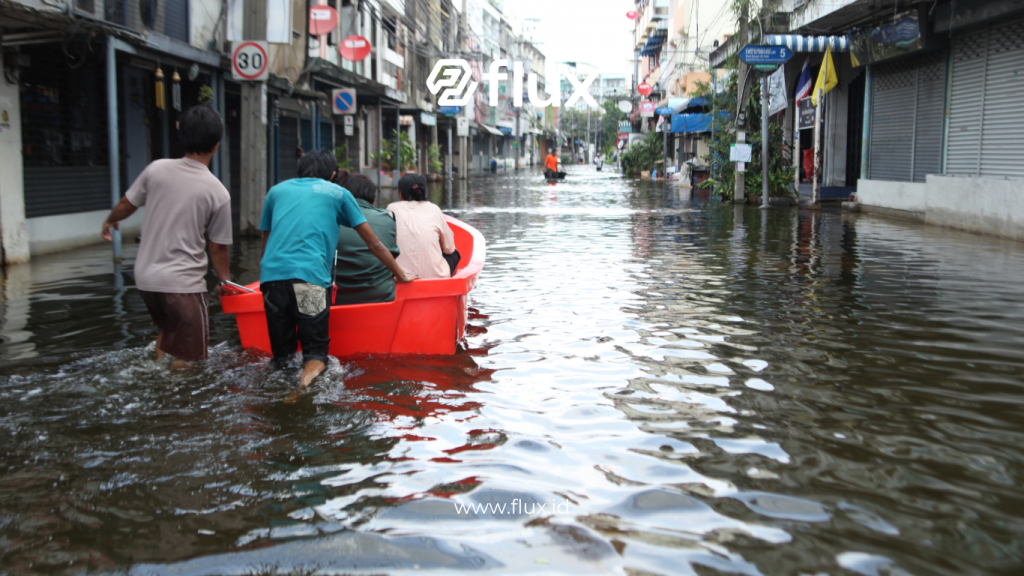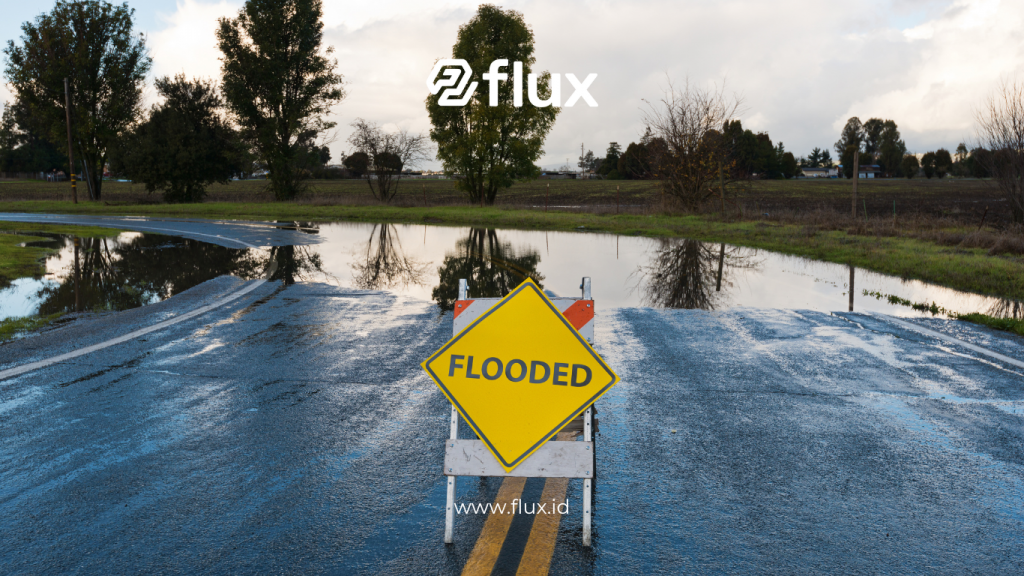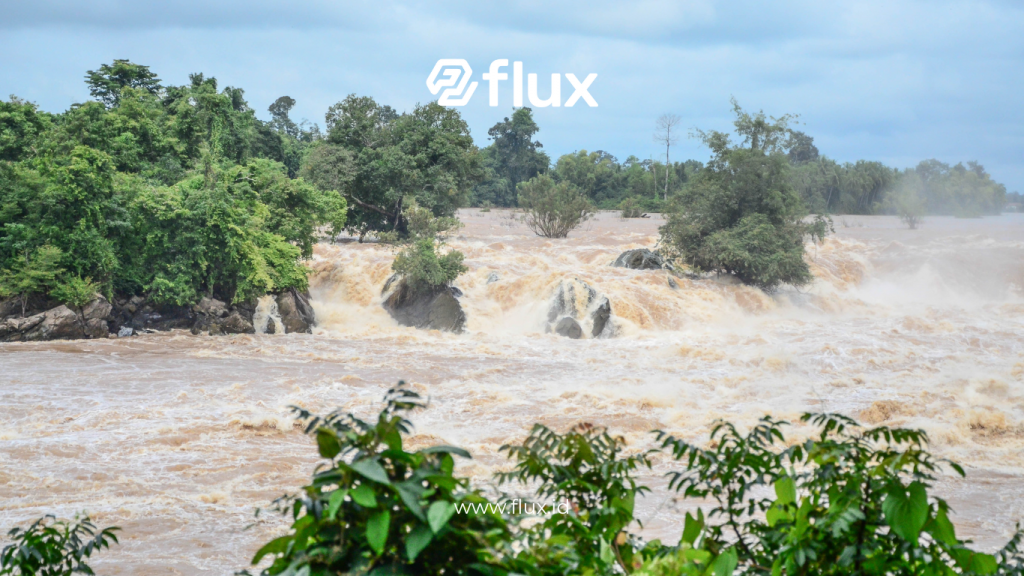Don't miss our holiday offer - 20% OFF!
Floods are one of the most common natural disasters worldwide, causing significant damage to infrastructure, property, and even human lives. Managing these disasters requires a more sophisticated and technology-driven approach. In recent years, flood monitoring technology has advanced rapidly, offering more efficient and effective solutions to address this natural hazard.
Contents
- 1 1. The Importance of Flood Monitoring
- 2 2. The Role of IoT Sensors in Flood Monitoring
- 3 3. Utilizing Satellite Data and Remote Sensing Technology
- 4 4. Flood Early Warning Systems
- 5 5. AI in Flood Prediction
- 6 6. Technology in Flood Infrastructure
- 7 7. Challenges and Solutions in Implementing Flood Monitoring Technology
- 8 Conclusion
1. The Importance of Flood Monitoring

Read More: Pressure Sensors: Unveiling Advanced Flood Monitoring Secrets
Flood monitoring is a critical step in disaster management. With proper monitoring, authorities can obtain real-time information about water levels, extreme weather, and other factors that may exacerbate the situation. Modern technology allows flood monitoring systems to be more accurate and responsive, enabling timely and precise mitigation actions.
2. The Role of IoT Sensors in Flood Monitoring
One of the most effective technologies in flood monitoring today is the use of Internet of Things (IoT) sensors. These sensors can be placed in flood-prone areas, such as rivers, lakes, or coastal regions, to detect changes in water levels, rainfall, and air quality. The collected data is then sent directly to a control center for analysis.
2.1. Water Level Sensors
Water level sensors monitor water levels in rivers or flood-prone areas. This data is crucial as it indicates when the water is starting to rise and may cause flooding. With this information, authorities can issue early warnings to the public for evacuation or take preventive actions.
2.2. Rainfall Sensors
Rainfall sensors measure the intensity of rainfall in an area. High rainfall within a short period can be a primary trigger for floods. Therefore, with better monitoring, authorities can anticipate the flood potential even before it occurs.
3. Utilizing Satellite Data and Remote Sensing Technology

Read More: Predicting Floods: The Role of Rainfall Sensors
In addition to IoT sensors, satellite technology and remote sensing also play a significant role in flood monitoring. By using satellite imagery, analysts can monitor large areas quickly. This technology allows for monitoring soil conditions, water levels, and vegetation changes, providing additional information related to flood potential.
3.1. Using Radar for Flood Detection
Radar is a tool used to monitor and detect atmospheric movements. Doppler radar technology, for instance, can be used to monitor heavy rainfall that may lead to flooding. With radar data, information on potential floods can be obtained more quickly.
3.2. Satellite Imagery to Monitor Area Changes
Satellites are also used to monitor environmental changes that can trigger floods. For example, changes in river flow or extreme rainfall patterns can be more accurately predicted using satellite data. Additionally, satellite imagery can help identify areas at high risk of flood impact.
4. Flood Early Warning Systems
Early warning systems are one of the most critical solutions in flood management. With advanced monitoring technology, early warning systems can detect flood potential hours or even days before the disaster occurs. This allows enough time for the community to take precautionary measures, such as evacuation.
4.1. Integrating Sensor Data with Automatic Alerts
By integrating data from IoT sensors, satellite images, and radar, early warning systems can provide more accurate and real-time information. This technology enables automated alerts that can send notifications to mobile devices or activate sirens in at-risk areas.
4.2. Real-Time Information Updates
Advanced early warning systems continuously update information, allowing responders to act quickly with clear data. This technology improves community preparedness and minimizes the damage caused by flooding.
5. AI in Flood Prediction

Read More: Flood Anticipation with IoT, Direct Monitoring from Smartphone
Artificial Intelligence (AI) plays a significant role in flood prediction by analyzing big data from various sources. AI algorithms can process information from IoT sensors, satellite imagery, and weather data to predict flood patterns and provide more accurate forecasts.
5.1. Big Data Analysis for Flood Prediction
By gathering data from various sources, AI can analyze weather patterns, water levels, and environmental changes. This predictive algorithm assists in determining the likelihood of flooding in a specific area. The more data collected, the more accurate the prediction can be.
6. Technology in Flood Infrastructure
In addition to monitoring weather and water levels, technology is also used to improve infrastructure that can reduce flood impacts. For example, IoT-based technology that can manage drainage systems automatically. These systems can activate pumps or open water channels based on detected water levels.
6.1. Smart Drainage Management
Smart drainage systems are equipped with sensors to monitor water flow and automatically regulate pumps during floods. With this technology, flood-prone areas can be more quickly addressed by diverting water flow to safer areas.
7. Challenges and Solutions in Implementing Flood Monitoring Technology

Read More: Flood Weather Sensor: Advanced for Prediction and Mitigation
Although flood monitoring technology has great potential for preventing flood damage, several challenges need to be addressed, such as high costs, data integration, and accessibility in hard-to-reach areas.
7.1. Cost and Infrastructure Challenges
Installing sensors, radar systems, and other devices involves significant costs. Additionally, in some remote areas, it is challenging to implement the necessary infrastructure for flood monitoring. Therefore, more affordable solutions and technology adaptation in limited-access areas need to be the focus of future development.
Conclusion
Flood monitoring technology has advanced significantly, providing intelligent solutions to reduce the impacts of this natural disaster. From IoT sensors to artificial intelligence, these technologies enable faster detection and prediction and more accurate monitoring. An early warning system integrated with sensor data and satellite imagery can give people more time to avoid disaster. Although there are challenges, these technologies hold great promise in creating a safer environment that is better prepared for potential flood disasters in the future.





